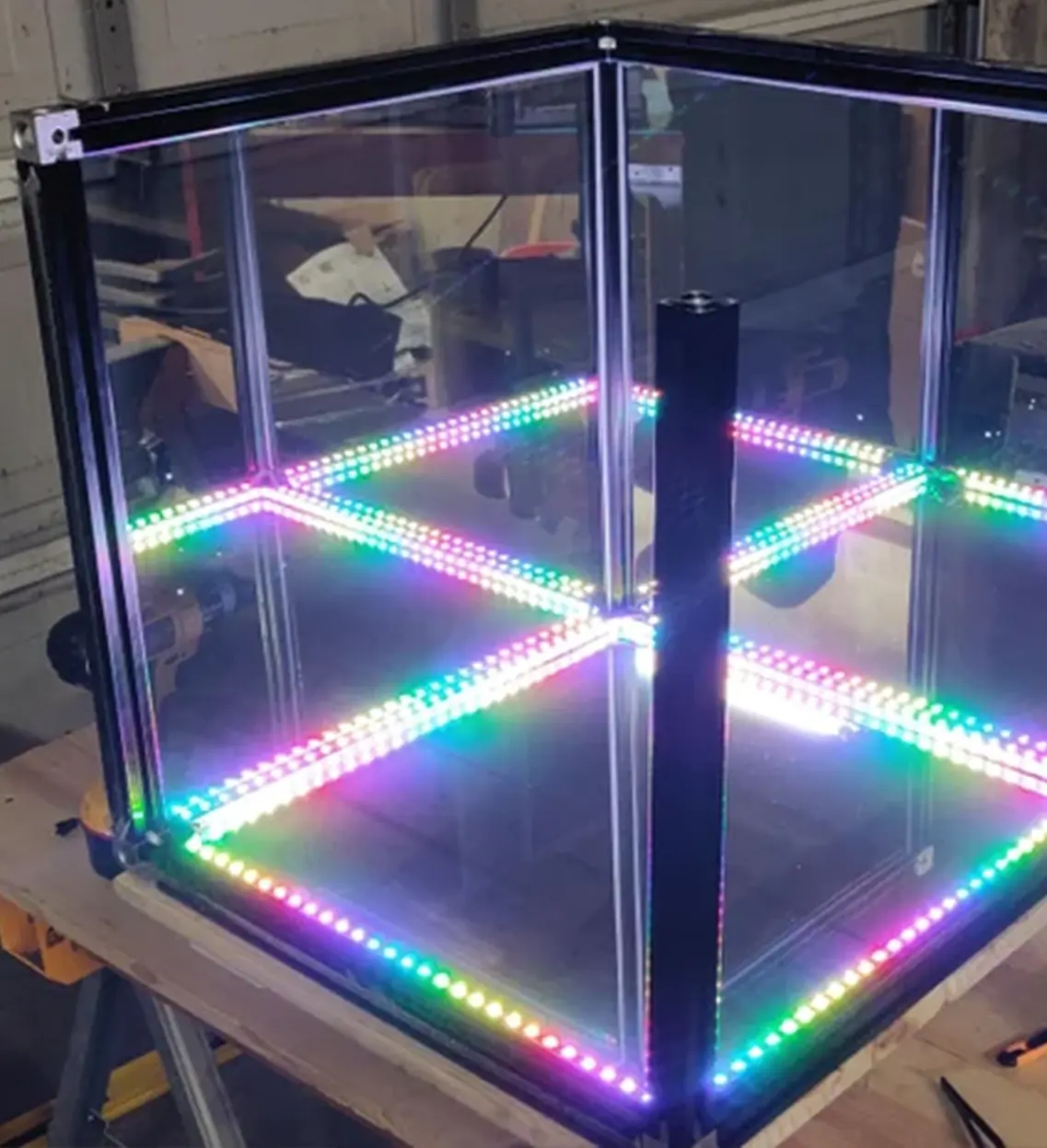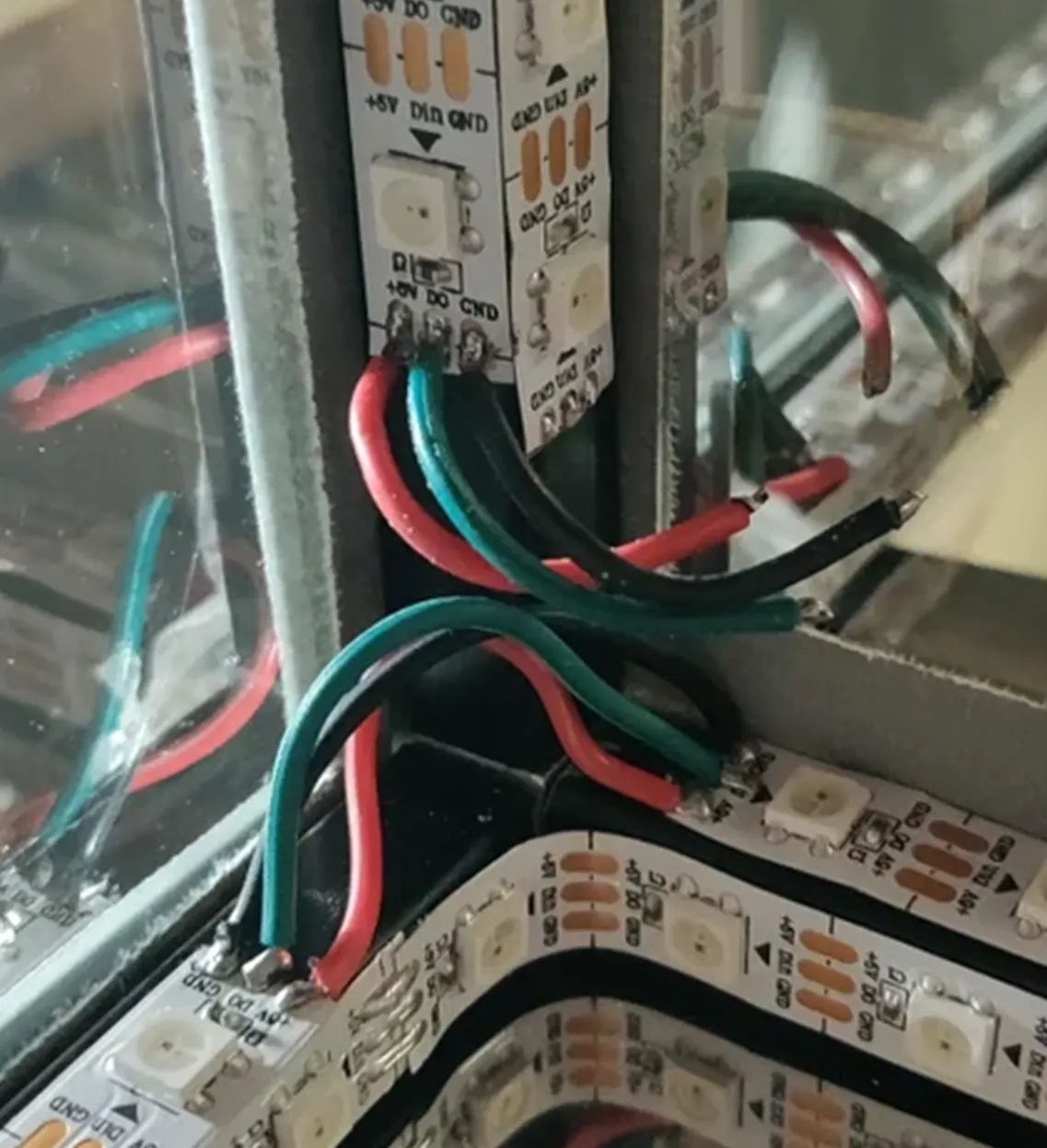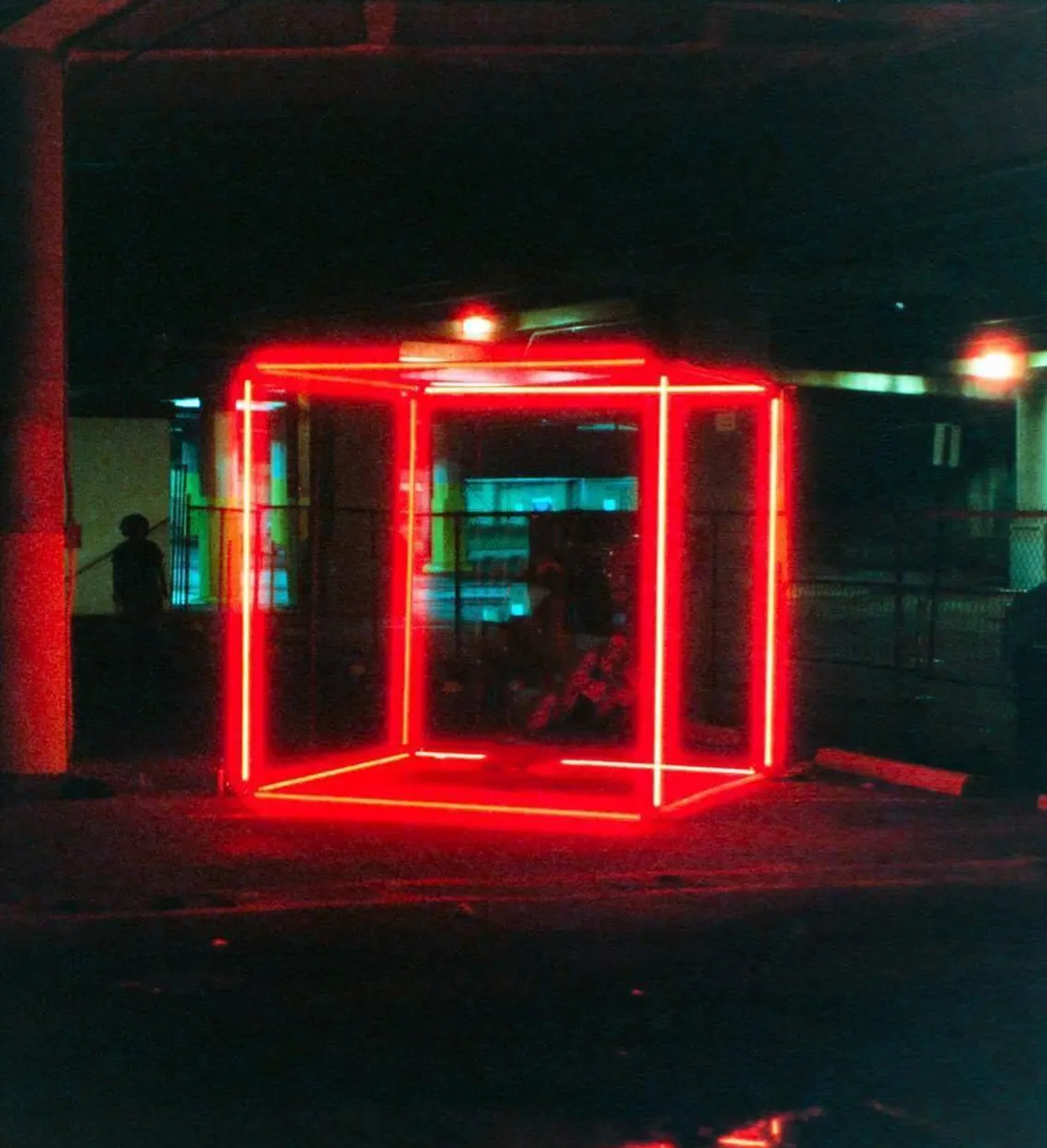Project Overview
This proposal is for Matryoshka Qube—a light-based sculpture that explores depth, repetition, and illusion. It’s built from twelve LED bars (each 120cm long with 70 addressable LEDs), arranged to form the edges of a large cube. Inside this outer frame hangs a suspended infinity mirror cube, roughly one metre per side, which reflects and recycles its own light to create an eye-catching visual.
Rather than write another overly poetic, AI-polished proposal, this one will be a bit more direct. The piece is simple at heart, a big glowing cube with a floating, slightly strange mirror inside. It looks impressive in the dark, especially from a distance, and has an odd reflective quality during the day.
How It Works
The visual effect comes from about 1,800 individually controllable LEDs— 840 in the outer cube and another -960 inside the mirror. The mirror is made with two-way acrylic and aluminum extrusion, which allows the lights to reflect back on themselves to create that classic "infinite tunnel" look.
An onboard microphone lets the piece respond to nearby sounds, changing the speed and mood of the lights in subtle and dynamic ways. There’s also a small animatronic figure hidden inside the mirror cube. It's controlled by a microcontroller responding to sound and movement.
Technical Overview
| Quantity | Component | Description |
|---|---|---|
| 840 | WS2815 LEDs | Addressable LEDs for the outer cube |
| 960 | WS2812B LEDs | LEDs inside the infinity mirror |
| 2 | 12V Power Supplies | One 33A and one 12.5A power supply |
| 5 | 5V Converters | Voltage step-downs for peripherals |
| 1 | ESP32 | Microcontroller to control LEDs |
| 1 | Pico Pi | Microcontroller to manage internal mirror and sound reactivity |
| 1 | I2S Microphone | Captures ambient sound for light control |
| 12 | Aluminum Bars | For housing and suspending the mirror cube |
| 6 | Acrylic Sheets | Two-way mirror and standard panels |
| 12 | LED Battens | Housing for outer LED bars |
| 1 | Furby-like Figure | Microcontroller-controlled character within mirror cube |
| 1 | Wire | Wiring for internal connections |
| 50 | Wago Connectors | Connectors for secure and easy wiring |
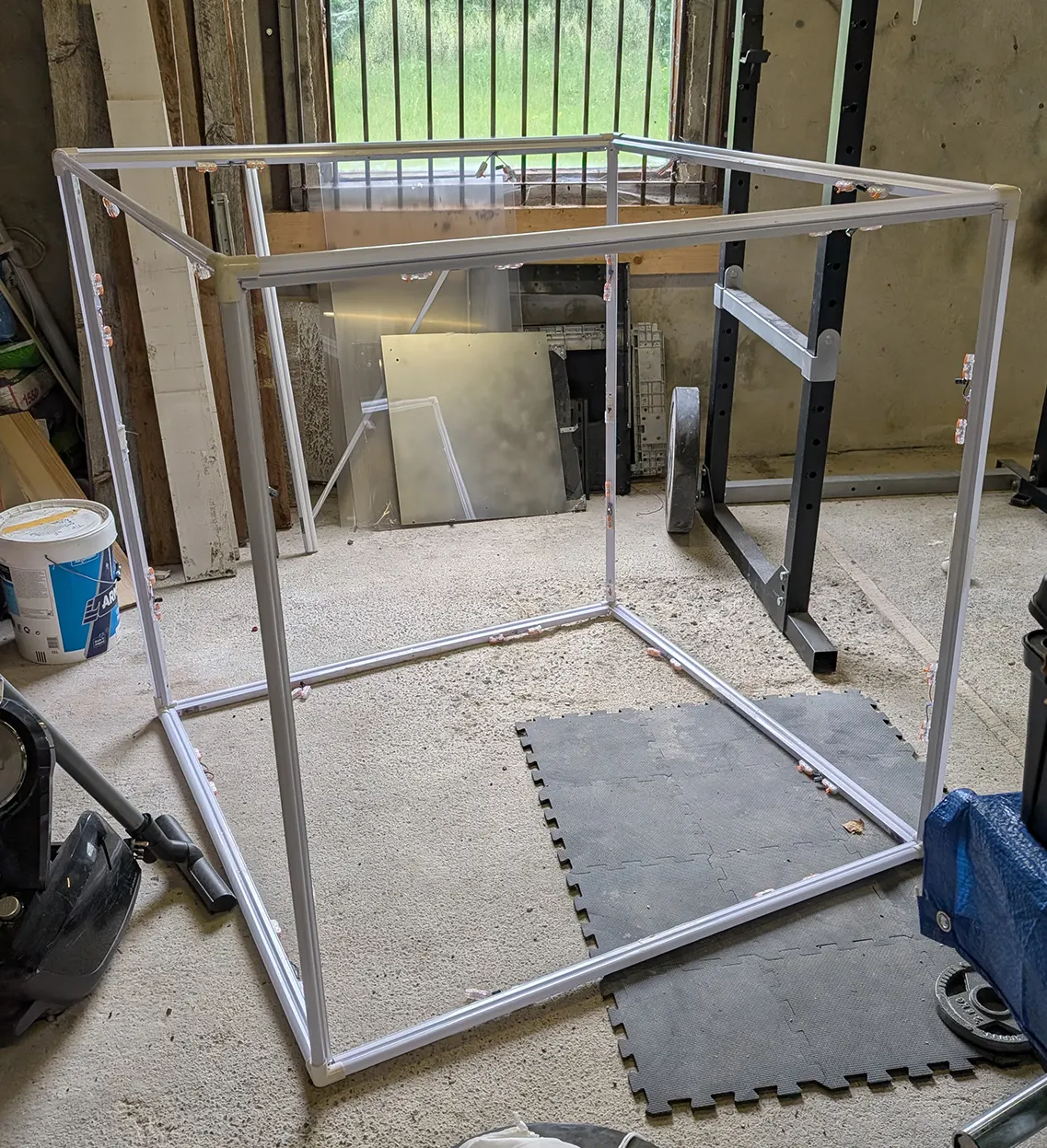
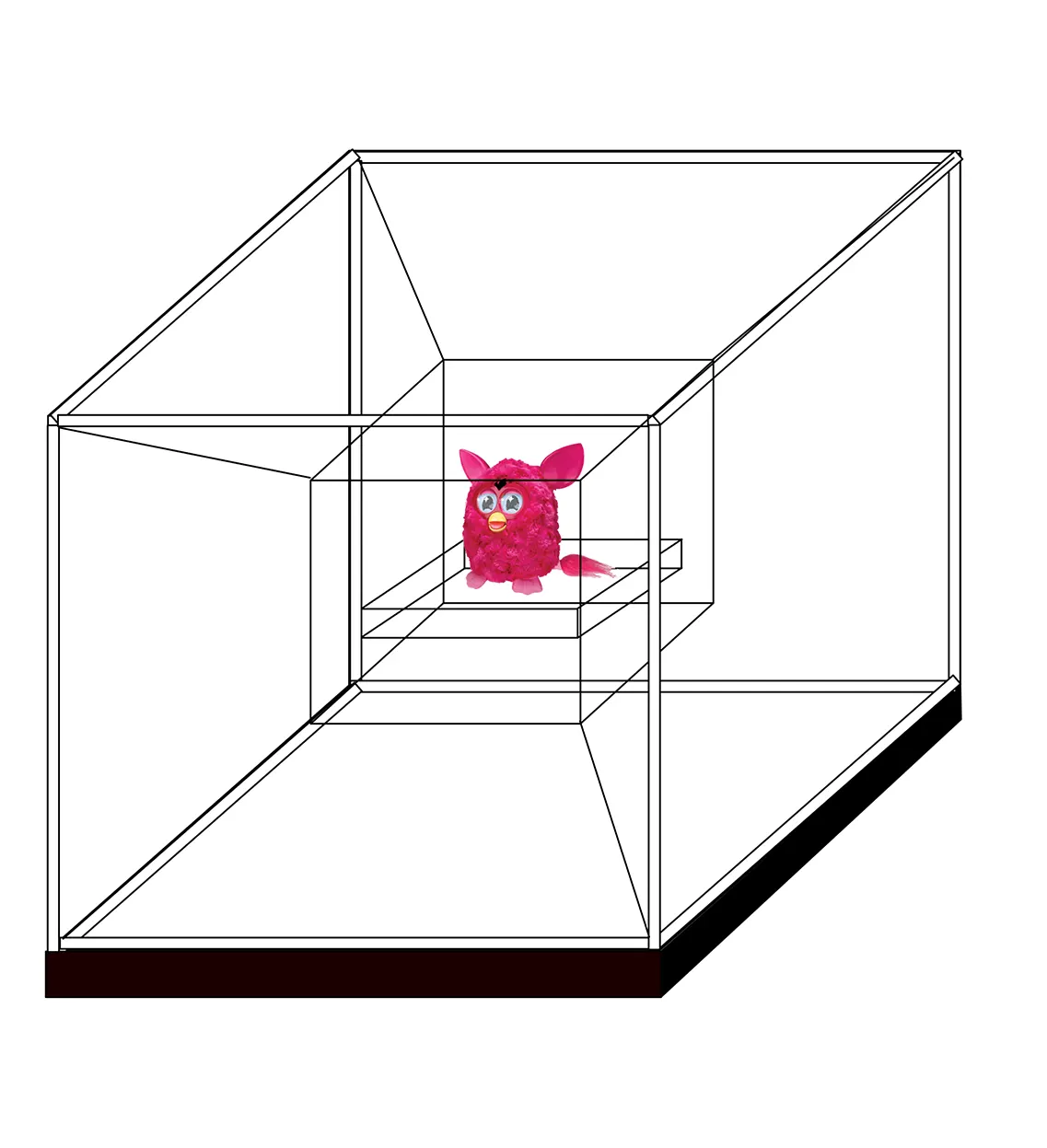
Technical Overview
Power is supplied via two weatherproof 12V units (33A and 12.5A respectively), with voltage stepped down through a series of converters for audio and logic control. The system is managed by an ESP32 microcontroller for lighting and a Pico Pi for the mirror’s internal logic and animation control. An I2S microphone provides real-time sound responsiveness. All core electronics are housed in sealed project boxes integrated into the cube’s base.
Though self-contained, the cube is designed for easy deployment at outdoor festivals and exhibitions. Its modular framing allows for efficient transport and installation, while the light sequences can be updated wirelessly if desired.
Energy Use and Environmental Consideration
The installation's maximum energy draw is estimated at 450W, though in typical conditions it runs far below this due to adaptive brightness and quiet-state dimming. LEDs are kept off during daylight hours via programmed timers. Materials such as aluminum framing and acrylic mirrors are durable, recyclable, and lightweight—chosen with portability and longevity in mind.
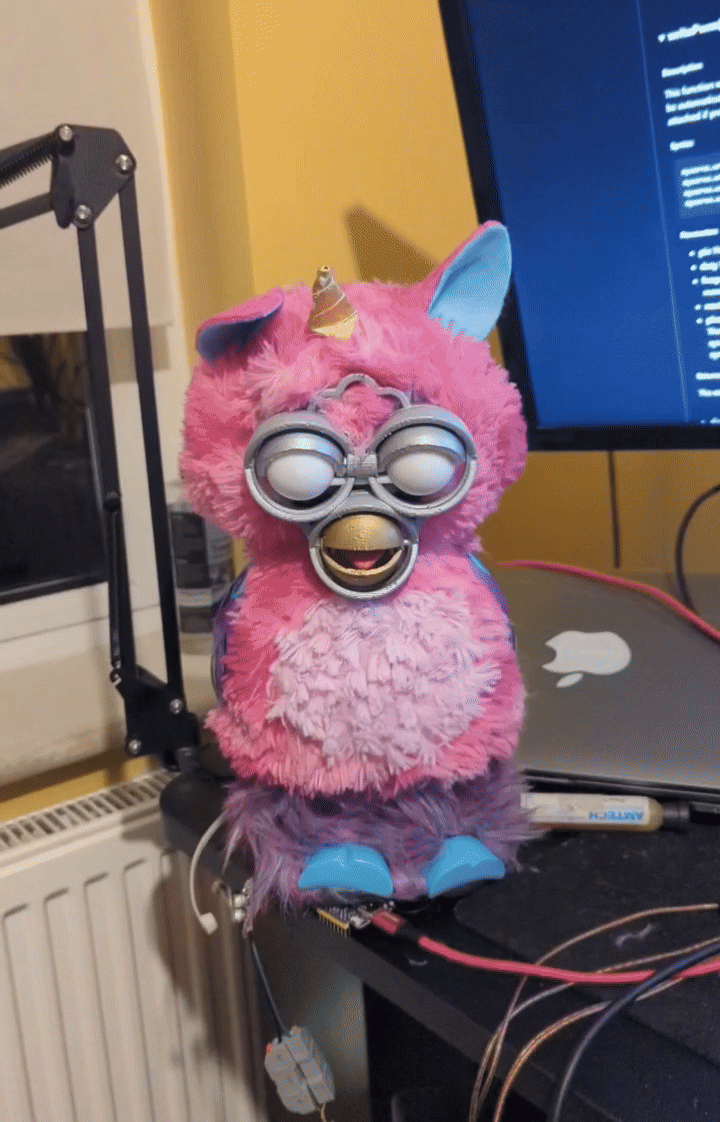
The LEDs run at a voltage of 12v and 5v and use two weather proof LED power supplies to evenly distribute the current.
The LEDs are IP68 sealed and the power can be connected via a 16 amp blue plug.
We do not see things as they are, we see them as we are.
Anaïs Nin
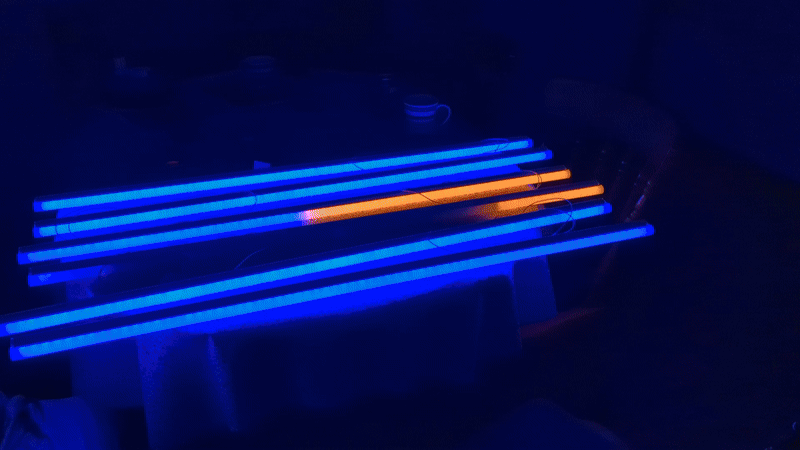
Infinity Mirror
